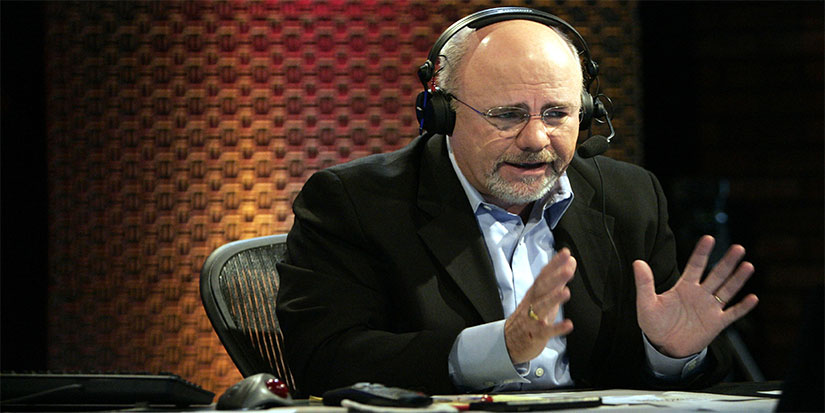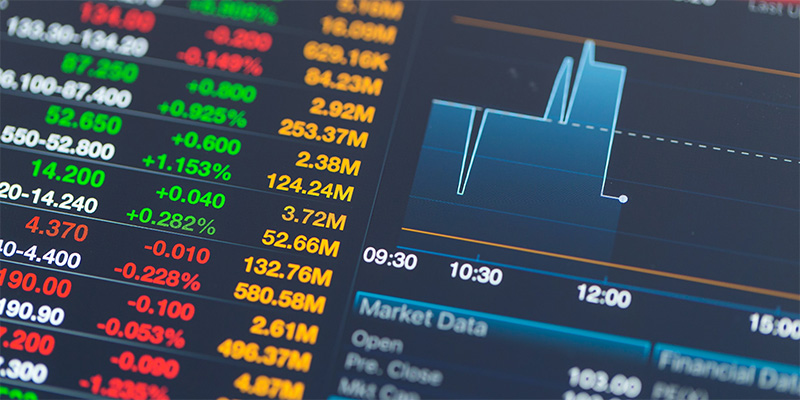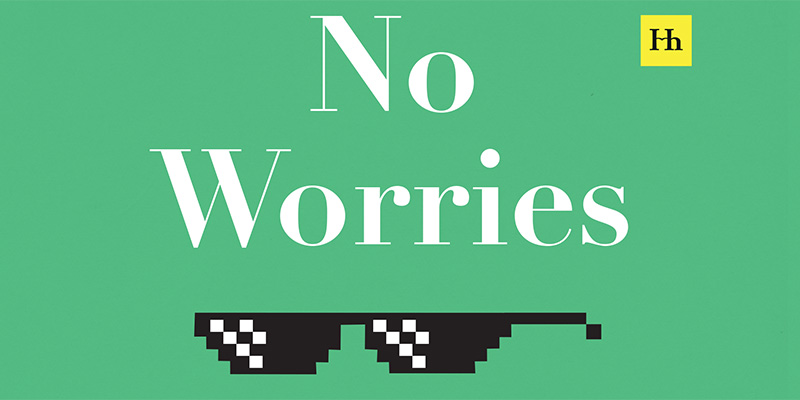
Dave Ramsey and the One-Size-Fits-All Solution
Usually, when I rank on Dave Ramsey, I get back the following: “Well, he has helped a lot of people, hasn’t he?”

It Takes Three Traits to Become a Successful Trader
One of the biggest requirements to be a successful investor is to be emotionally healthy.
Trust me, if you spent as much time thinking about mental health as I do, you’d probably be in pretty good shape. I think about it all the time—one of the many topics I’ve been open about in my books, particularly Street Freak: Money and Madness at Lehman Brothers and Those Bastards: 69 Essays on Life, Creativity, and Meaning, both of which you can find here. And hey, while you’re at it, smash that preorder button for my new book, No Worries: How to Live a Stress-Free Financial Life, out January 23, 2024.
Anyway, shameless plugs aside, scared, anxious, and angry people don’t do well in the markets. Happy, confident people do. I’ve seen this repeatedly. Really, the three traits that make a successful trader are intelligence, experience, and (without question) emotional fitness.
Loss Aversion and Risk Seeking
Human beings are hardwired to be terrible investors. They cut their winners short and let their losers run. That’s loss aversion.
I see it all the time. People buy a stock at $10, and it goes to $11. They say, “Oh, yes, I made money!” And then they sell it. Or they buy a stock at $10, and it goes to $9 to $8 to $7. They tell themselves, “It’ll come back.” It goes to $6 to $5 to $4. Then they sell it at $3.
Then you have risk seeking, which is when you cut your losers quickly and you let your winners run. That’s what you must do to be successful.
I spent some time at Lehman Brothers day trading S&P 500 futures. I was pretty average at it for a number of years. And then, one day, I figured out that I could add to my winners. I’ll never forget it. I had never made more than $100K in a single day trading futures. But one day, the market opened lower. I bought it, and it went up. I bought some more. It went up. I bought some more. It went up. I bought all day long and sold on the highs. I made $1 million in a day. That’s when I discovered that I could do that—it opened a whole new world.
You want to add to your winners. You want to do more of what is working and less of what is not.
Maximize Your Returns and Minimize Stress
Most people do the opposite. They do less of what is working and more of what is not. And the funny thing about adding to a trade is that you can only be in a psychological position to add when you are happy and confident.
At any given moment, I have an insane amount of risk on, but I don’t spend a lot of time worrying about it. If something isn’t working, I cut it. If it is working, I add to it. It’s simple. Trading doesn’t have to be difficult. Really, it’s remarkably easy, but people make it hard. Not to say that I haven’t gotten in trouble a few times in my career, but for the most part, my investing life is stress-free.
If you find yourself experiencing stress, it is likely that you have too much risk. Now, everyone’s risk tolerances are different. Some people can have 20% in stocks and too much risk. Some people have 100% in stocks and there’s not enough risk. But if you are experiencing stress, you might want to get to the point where you have less risk so you can sleep at night.
My whole thing about investing is that you want to invest in such a way that you maximize your returns while minimizing your stress. That requires you to be diversified across asset classes. It’s not as simple as investing in stocks exclusively, or in stocks and bonds.
You have to invest in other stuff, like gold, cash, and real estate. That is the genesis of the Awesome Portfolio. You don’t need to make it any more complicated than that.

Jared Dillian, MFA
|

When You Should Make a Claim on Your Insurance
It’s funny how things get a lot more expensive when insurance companies get involved.

Buying a House Is Riskier than Investing in Stocks
I’m going to make a bold statement—well, it’s right there in the headline, so there goes the element of surprise.

No Worries
Generally, I aim to keep the electioneering out of my articles here at Jared Dillian Money.
